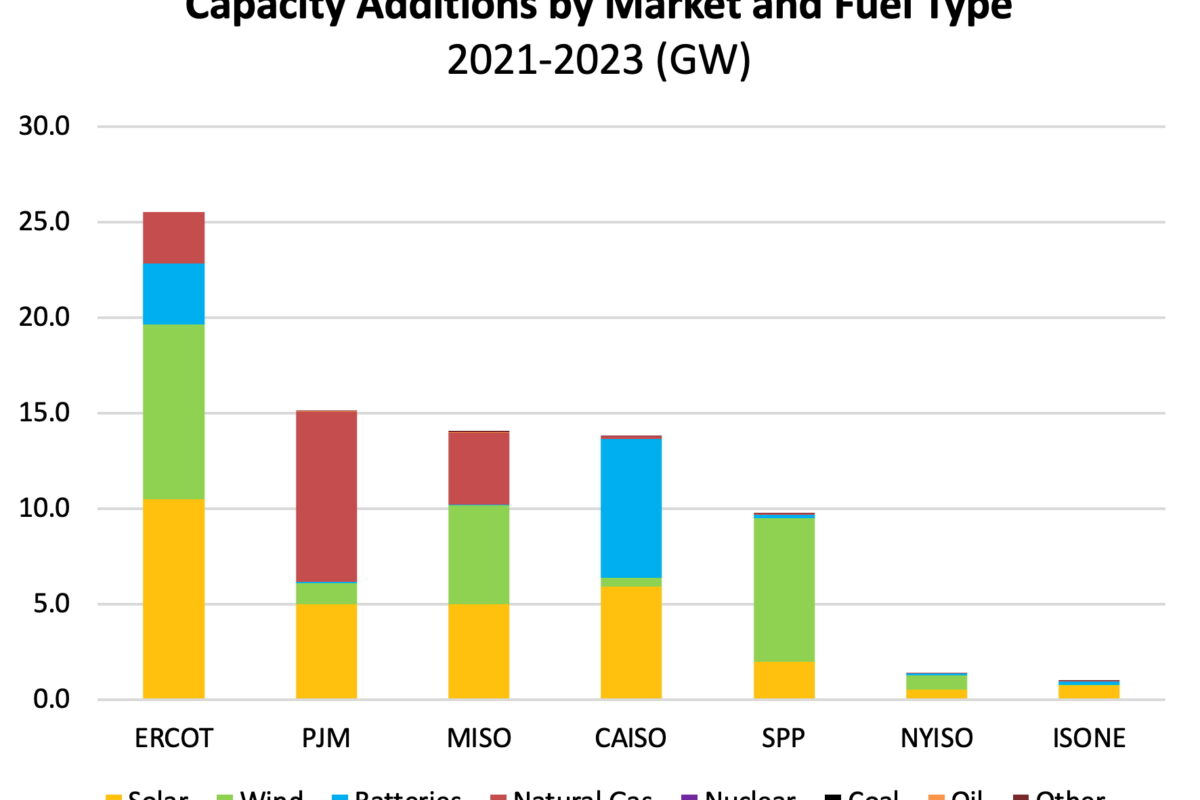Wood Mackenzie’s floating solar report projects that global floating solar markets will reach 57 GW of capacity by 2033. The U.S. market remains small due to limited land availability and high capex.
From pv magazine Global
The global floating solar market is set to reach 77 GW of installed capacity by 2033, according to analysis from Wood Mackenzie.
The consultancy’s “Floating Solar Landscape 2024” report projects that the APAC region to be home to nine of the top ten global floating solar markets, together accounting for 57 GW of floating solar capacity by 2033.
India, China and Indonesia will be the three largest markets, Wood Mackenzie says, installing a combined 31 GW by 2033.
Harshul Kanwar, research analyst at Wood Mackenzie, says around 1.7 GW of floating solar capacity is expected to come online this year, with the APAC region accounting for 90% of the addition
Kanwar added that the growth in floating solar systems will be driven by rising demand, lower capital expenditure, and supportive policies for lower-carbon energy.
Kanwar said that while the capital expenditure for floating solar systems is approximately $0.13/W to $0.15/W higher than for ground-mounted PV systems, the recent decline in the prices of passivated emitter and rear cell (PERC) and tunnel oxide passivated contact (TOPCon) modules to below $0.10/W has significantly lowered the overall costs for floating solar installations.
Germany, France and the Netherlands are expected to be the three biggest markets in Europe, installing 2.2 GW, 1.2 GW and 1 GW by 2033, respectively. Wood Mackenzie says the growth of floating solar in Europe remains restricted due to coverage and distance limits.
Meanwhile, the United States is on track to install 0.7 GW of floating solar by 2033. Wood Mackenzie says the market remains small here due to limited land availability and high capex.
Wood Mackenzie says that hybrid floating solar-hydro projects are gaining popularity, with the peak installed capacity of these projects expected to come between 2026 and 2028 due to longer commercialization timelines.
Last week, CHN Energy finished connecting the first phase of a 1 GW offshore solar project in eastern China, which will be the world’s largest open-sea solar array upon completion. The largest offshore floating array in the world is currently a 440 MW project off the coast of Taiwan.
Popular content




